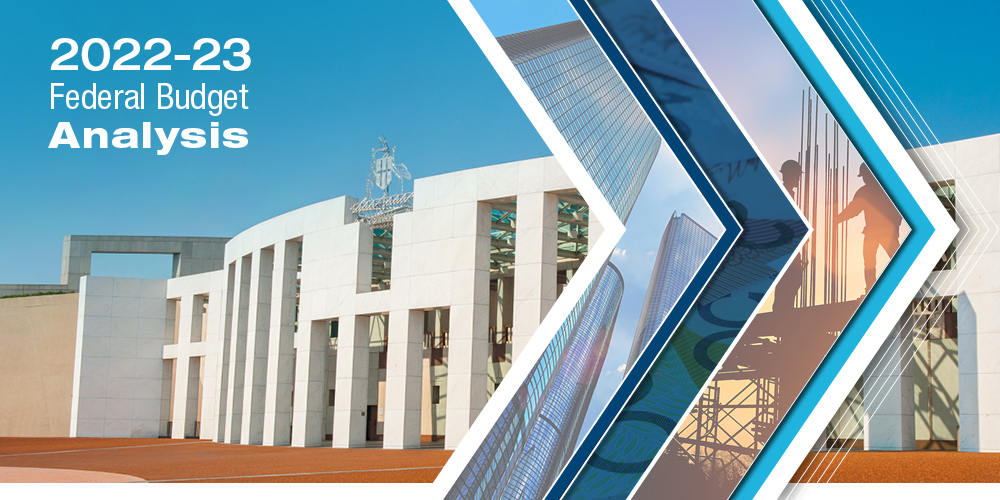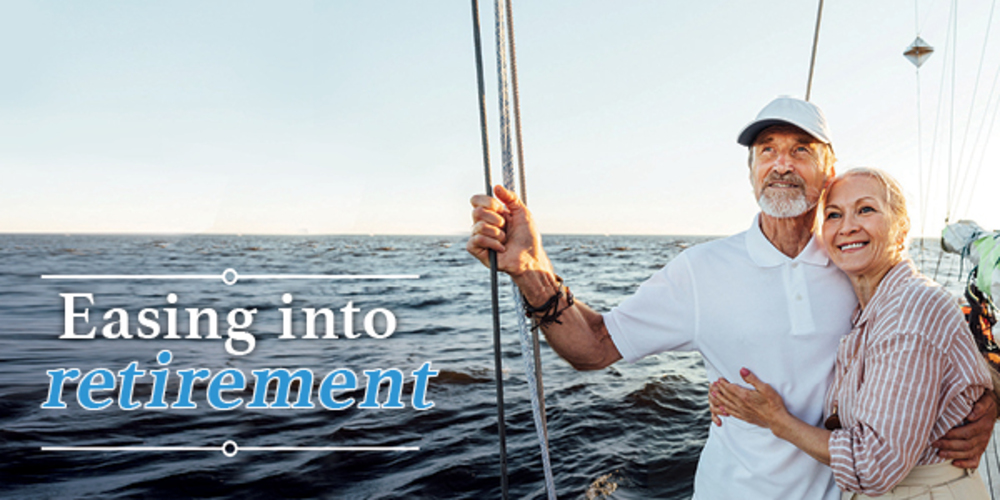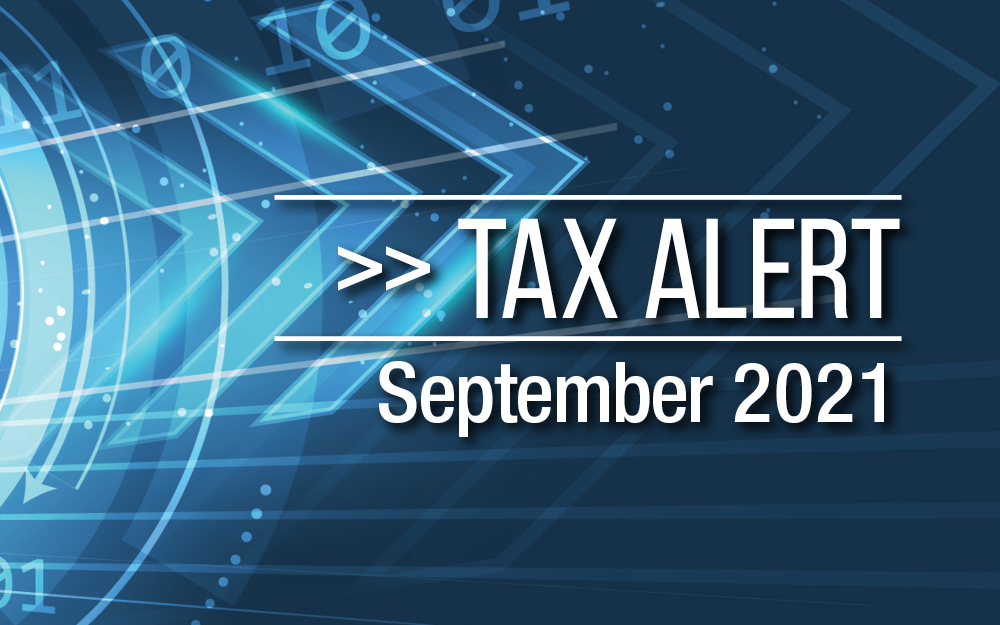
Autumn 2023
With Autumn underway, the changing season is a reminder to take stock and prepare for what’s ahead as the financial year heads towards its final quarter and the May Federal Budget.
The gloomy prospects for economic growth, both in Australia and overseas, are occupying the minds of investors, businesses and political leaders.
The Reserve Bank of Australia believes global growth will remain subdued for the next two years and that Australia‘s economy will slow this year because of rising interest rates, the higher cost of living and declining real wealth. The RBA forecasts the unemployment rate, currently at a low 3.5%, to rise by mid year and inflation, which was 7.8% over 2022, to drop to by around 2-3% over coming years thanks to an easing in global prices that will eventually flow through to Australian prices. Oil prices fell almost 3% in February reversing the increase of the previous month.
There have been some economic bright spots recently such as the rebound in retail trade in January of 1.9% after a 4% plummet in sales figures in December. And, Australia‘s current account surplus increased $13.3 billion to $14.1 billion in the December quarter 2022 supported by sustained high commodity prices including $400 billion worth of mining commodity exports during 2022.
That positive news was enough to lift the Australian dollar slightly to just over US67c, halting a slow decline during February.
Australian shares were down by almost 3% during February, while US stocks were down by just over 2% for the month and more than 7% for the past year.
Flexing your retirement plans
The concept of retirement is changing, with fewer people working towards a final retirement date and then clocking off for good.
Instead, those who have the flexibility to choose are often transitioning out of the workforce over several years, or even returning after a break.
Whether you simply want to wind back your working hours to explore other interests, or don’t want to cut your ties with work completely, to make it work you need to plan.
Choosing your retirement date
There is no set retirement age in Australia, but most people will not be eligible to receive an Age Pension until they reach age 67.i This means you need enough savings to provide another income source if you retire earlier.
Although most of us have super, you are not permitted to access it until you reach your preservation age, which can vary.
Withdrawing your super also requires you to meet a condition of release. There are various conditions, but the most common one is reaching age 60 and permanently retiring from the workforce. Once you turn 65, you can access your super whether you are working or not.ii
Keep in mind, tax also affects your super, with different rates applying depending on your age. Most people can access their super tax-free once they reach 60.
Paying for your retirement
Unfortunately, there is no simple answer to how much income you will need in retirement. It depends on your current lifestyle and planned retirement activities, but a good place to start is the ASFA Retirement Standard.
For around 62% of the population aged 65 and over, the main source of retirement income is the Age Pension and government payments.iii
Eligibility for an Age Pension is assessed using your age, residency status and personal income and assets. These determine whether you receive the full fortnightly payment rate, which is currently $1,547.60 a fortnight for a couple.iv
As part of your planning, check for other potential sources of income from investment assets, contract work, or rent from investment or Airbnb properties.
Using your super savings
While you may dream of retiring early, many of today’s retirees can expect to live well into their 80s, so your super may need to provide income for more than 20 years. If you are unsure whether your super is on track, we can help you check your progress and put strategies in place to achieve your retirement goals.
Most super funds provide online calculators to give a rough estimate of your likely retirement balance and how much income it will provide.
ASIC’s MoneySmart Retirement Planner is another resource for working out your retirement income and potential Age Pension payments.
Transition-to-retirement (TTR) pensions
If you would like to ease into retirement, it can be worth investigating a TTR pension. These allow you to cut back working hours while using your super to supplement your income without compromising your lifestyle.
If you are aged under 60 you will pay some tax on pension payments, but they are tax-free once you reach age 60.v
TTR pensions also allow you to continue topping up your super through a salary sacrifice arrangement with your employer. You only pay 15% tax on these contributions, which may be lower than your marginal tax rate.v
Giving super a late boost
If you have income to spare as you move towards retirement, perhaps from an inheritance or downsizing your home, there are now additional opportunities to continue adding to your super.
You can make personal after-tax contributions of up to $110,000 a year until you reach age 75, even if you are not working. You may even be eligible to use a bring-forward arrangement and add up to $330,000 in a single year.
Once you hit 60, if are planning to sell your current home you can also make a downsizer contribution of up to $300,000 ($600,000 for a couple) into your super account.
Retiree concessions
When you are doing your retirement sums, don’t forget some of the concessions on offer to older Australians. If you are aged 60 and over and working less than 20 hours per week, your state’s Seniors Card can provide discounts on public transport and some goods and services.
You may also be eligible for the Commonwealth Seniors Health Card for cheaper prescriptions and medical appointments, or a Pensioners Concession Card for discounted public transport.
If you would like to discuss your retirement options and how to fund them, give us a call.
i https://www.servicesaustralia.gov.au/who-can-get-age-pension?context=22526
ii https://www.ato.gov.au/Individuals/Super/
iii https://www.aihw.gov.au/reports/australias-welfare/age-pension
iv https://www.servicesaustralia.gov.au/how-much-age-pension-you-can-get?context=22526
v https://moneysmart.gov.au/retirement-income/transition-to-retirement
Tax Alert March 2023
Family trust rules and new guidance on contractors
The Australian Taxation Office (ATO) has confirmed its position on family trust distributions, while also providing employers with new information to simplify completion of Single Touch Payroll (STP) activity statements. Here are some of the latest developments in the world of tax.
Prefilling of PAYGW
Completion of PAYG withholding via STP will become easier for employers when the ATO begins prefilling some of the required activity statement data.
From the July 2023 statement, PAYG withholding labels W1 and W2 will be prefilled for all monthly PAYG employers. Quarterly withholders will find the information on their September 2023 statement.
The ATO is also piloting an employer reminder system for businesses with a late activity statement and STP-reported PAYG withholding. If you fail to lodge by the reminder date, the ATO will consider there are no corrections to report and the recorded amounts will be added to your client account.
Final rules on family trusts
Taxpayers with family trusts should check the implications of the ATO’s final guidance on the taxation of family trust payments, as the new rules may reduce the attractiveness of these tax structures.
Under the ATO’s new approach, common tax planning strategies relying on the section 100A exemption covering trust distributions to companies and family members may no longer be available in some situations.
Taxpayers with a discretionary trust should discuss the implications with us, particularly where there are parent controllers of the trust and adult-aged child beneficiaries. The ATO website provides a number of case studies outlining common situations.
Employees vs. independent contractors
The ATO is consulting on its new draft guidance covering both classification of employees and independent contractors, and its proposed compliance approach in this area.
The draft guidance outlines the regulator’s priority areas, which include situations where particular risk factors are present and where an unpaid superannuation query has been received from a worker.
The guidance also indicates employers must have specific advice from an appropriately qualified third-party confirming their classification of a worker as a contractor is correct.
Recordkeeping for self-education expenses eased
Taxpayers claiming self-education expenses will find things a little easier this tax time, as new legislation has removed the requirement to exclude the first $250 of deductions for education courses.
The new rules can be used when completing your 2022-23 tax return, while for employers, the change applies to the Fringe Benefits Tax year starting 1 April 2023.
Sharing economy reporting extended
Providers of ride-sourcing and short-term accommodation services will find themselves swept into the compulsory Taxable Payments Reporting System (TPRS) from 1 July 2023.
Electronic platform operators for these services (such as Uber and Airbnb) are required to report all transactions involving Australian purchasers under new legislation passed in December 2022.
Annual TPRS reporting is already compulsory in industries such as building and construction, cleaning, courier and security services.
Plug-in hybrid electric vehicles to face FBT
Under rules applying from 1 April 2025, plug-in hybrid electric vehicles will no longer be considered zero or low emissions vehicles and will not be eligible for the fringe benefits tax exemption applying to these vehicles.
You can apply for the exemption if the hybrid vehicle was exempt before 1 April 2025 and there is a financially binding commitment to continue providing private use of the vehicle after this date.
No business activity could mean no ABN
The ATO is again reminding small businesses their Australian Business Number (ABN) may be flagged for cancellation if there is no reported business activity in their tax return, or no signs of business activity in other lodgements or third-party information.
If an ABN is identified as inactive, the ATO will contact the holder by email, SMS or mail to check if the ABN is still required and explain the action required to keep it. Where the business is no longer operating, the ABN will be cancelled.
Time to refinance? Considerations for mortgage holders and businesses
With the cost of living continuing to rise, it can feel increasingly hard to make ends meet in terms of your personal finances, and it can also be challenging running a business in an inflationary environment. One way of combatting inflation is to reduce the escalating cost of borrowing by reviewing your current arrangements.
A new record has been set for refinancing, with more than $19.5 billion of loans changing lenders in late 2022.i If you’re feeling like it’s time you reviewed your borrowing arrangements – either from a personal or business perspective, here are a few things to consider.
Tips for mortgage holders
With rates on the rise, it makes sense to shop around for the best deal. That could mean replacing your existing home loan with another loan from either your current lender or a different financial institution.
If you are refinancing with your current lender, the process can be simpler as your lender already has all your information and it can be easier to renegotiate than switch to a different provider. You may also incur lower or fewer fees by sticking with your current lender, but this will vary according to providers and loans. External refinancing is generally a little more complex but gives you the opportunity to compare providers.
Things to consider when comparing providers and loans include:
Interest rates
Seeking out a lower interest rate is usually the first thing on people’s minds when they review loans and providers. But it’s important to weigh up other factors as well.
Timing
Fixed rate and introductory period loans can be lower to start with but generally revert to a standard variable rate after a predetermined period so it can make sense to review your situation before the fixed rate ends.
Loan term and payment frequency
Adjusting your loan term and home loan repayments could potentially save you money over the life of the loan.
Access to more loan features
Features such as an offset facility or splitting your loan may be appealing. Some lenders also offer cashback deals, although it is important to weigh up what the loan offers rather than be swayed by the promise of a cash give away.
Tips for small businesses
For businesses it also might be time to review your borrowing arrangements.
If you have a loan and your financial situation and credit score have improved over the course of your loan repayments, you might also be in a position to take advantage of a lower rate and more favourable terms than your current loan.
Some things to consider as a business include:
Consolidating existing debts
If you have multiple debts incurring high interest repayments it can also be beneficial to combine them into one loan at a lower rate.
Changing the loan amount or the term of the loan
It’s common for businesses to refinance to take advantage of the equity built up in their business and that may mean increasing their borrowings. If expenses are increasing or you are seeking greater cashflow you can refinance your loan amount to be repaid over a longer term and decrease your monthly repayments.
Removing a secured asset
If your home or another personal asset is being used as collateral for your loan and your business is now in a position to borrow without it, you may wish to consider switching from a secured to an unsecured loan.
There are also other ways of accessing finance as a business, including having an overdraft or invoice finance where money is loaned against unpaid invoices, that you may wish to explore.
It’s important to evaluate each method of borrowing or accessing finance and review your situation on a regular basis to ensure your arrangements suit your needs and that you are not paying too much in the way of fees and interest. If you are considering changing providers to seek a better deal, make sure you weigh up all the pros and cons of making the switch and the various deals on offer.i https://www.theadviser.com.au/broker/43888-all-time-high-november-housing-refinancing-hits-19-5b-abs





















